Uttar Pradesh is one of the major and most populated states in our country. People here are very direct and forward, and if you mess up here, you might invite trouble for your entire life.
Many films have shown a very violent side of Uttar Pradesh. Sounds spooky, right? But wait, what if there is an exception? That exception is Lucknow, the capital of Uttar Pradesh.
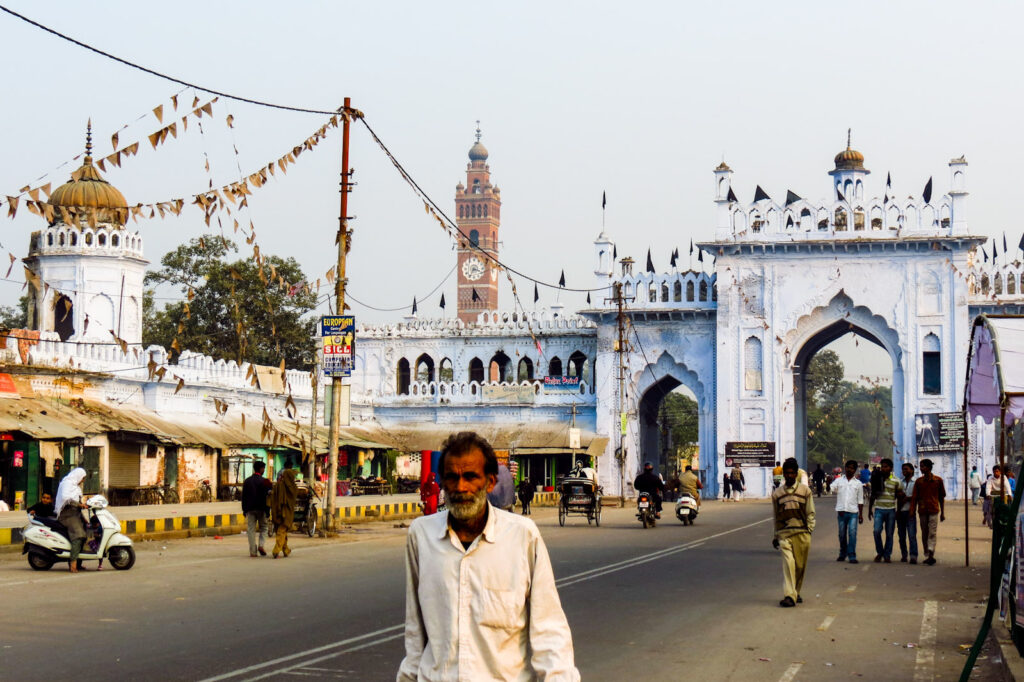
Lucknow is the perfect contrast to the stereotypes people have of Uttar Pradesh. People of this city are polite, and ‘adab’ runs in the blood.
Lucknow has a diverse history. If you have ever wanted to know more about India’s past and influences we see today, Lucknow is the perfect destination! But why Lucknow is called City Of Nawabs? Read more to find out.
Lucknow, Through A Historical Lens
Lucknow has been through a range of eras and has adapted perfectly to the cultures in each era. Out of all these eras, Lucknow had a major transformation during the Nawabi era. From monuments to cuisine, the Nawabi era left a lot of influences that are still alive in the city. Here’s a little brief:
- During the Mughal era, Nawabs were appointed by many Mughal rulers, and that’s when the Nawabi Era began in Lucknow. This era is known as the golden era of the city.
- Lucknow, under the nawabi era, was called Awadh. The first Nawab of Awadh was Saadat Khan, and Wajid Ali Shah was the last one. The events that took place during this time period still have an influence on the city.
- The Nawabs were very fond of architecture, food, and art. Some of our favourite food items and art forms were developed in this era.
- The Nawabs made great contributions to the area of architecture. The Bara Imambara was built by Asaf ud-Daula. Some other popular architectural sites are Chhota Imambara, Rumi Darwaza, Husainabad Clock Tower, and many more monuments and gardens.
- Kebabs that make everyone drool were first cooked in the Nawabi Era. Now you can find a variety of kebabs in the city.
- Poetry that we observe in songs and movies flourished in the nawabi era, especially in Urdu.
- Art forms like chikankari and zardozi embroidery were then a royal symbol. This embroidery can still be seen in Lucknow.
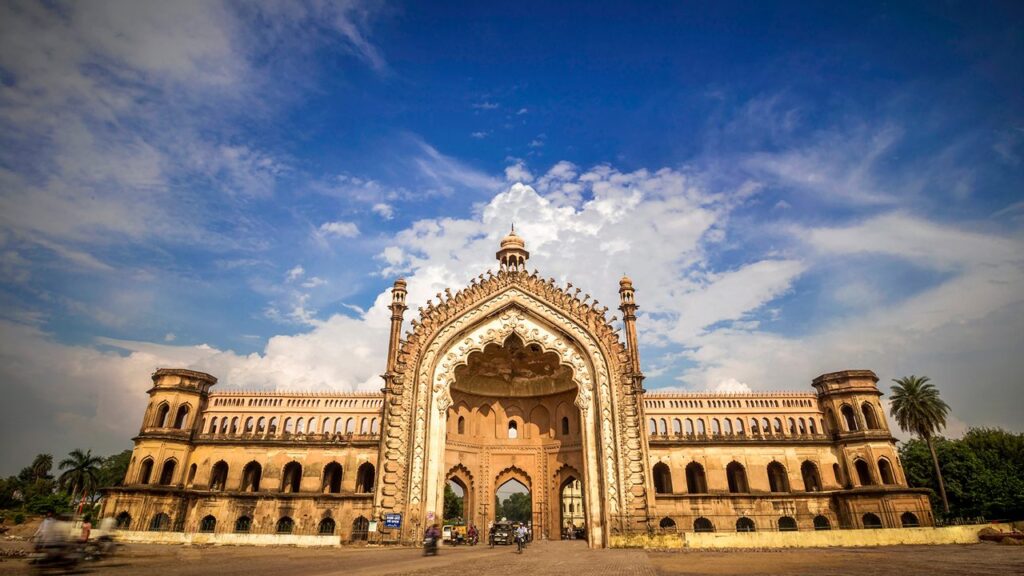
A New Chapter: Post-Nawabi Era
Ever wonder what happened to the city that is a paradise for art and culture when the British came? Did Lucknow lose its royal charm? The British were an utterly demoralising era for the whole country as we struggled for our freedom.
The last nawab of Lucknow was Wajid Ali Shah, and he was thrown out of Lucknow by the British Empire for misgovernance. The British Empire started making major changes in the city. Many monuments were built, like The Martiniere College, Clock Tower, etc.
Despite some important political decisions made by the British Empire, nothing could take away Lucknow’s charm and culture.
If you ever visit Lucknow, I can guarantee you’ll feel more connected to your roots, and maybe the reason behind this is that Lucknow never lost its charm. Even in the toughest times of the independence struggle, Lucknow was an important hub for food and culture. In fact, some of these cultural traces can be felt once you are welcomed by Lucknow.
Nawabi Traces In The Present-day Lucknow
As the Nawabi era was called the golden era of Lucknow, I think it is impossible to erase the traces of the Nawabi influence in the city. From food to fashion, everything you see in Lucknow is the result of the Nawabi influence.
I bet you, the kebabs smothered in ghee will make gym freaks lose their self-control. Kebabs are one of the most popular items of Awadhi cuisine.
The chikankari kurtis that turn ladies into fashionistas are an important craft of the city. Now, chikankari and zardozi embroideries have huge markets in Lucknow. Many luxury brands now use chikankari in their fashion pieces.
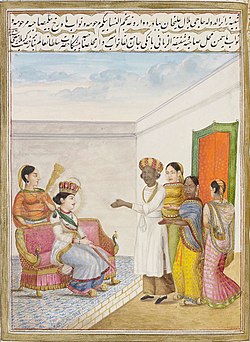
Detailed architecture like Bara Imambara, Rumi Darwaza, Chhota Imambara, and many other mosques are examples of the Nawabi heritage. These monuments aren’t just buildings but a piece of art that the Nawabs left for us to remember.
No matter how we modernise Lucknow, the Nawabi traces will always be felt and lived in the city. The sweetness in speech, the spices on the street, and the architectural realm will always be Lucknow’s lifestyle, and these will keep bringing you back to the city.
A Tour Guide To The City
If you are also enthusiastic about culture, food, handicrafts, and art forms, Lucknow must be on your bucket list. There is literally nothing the city misses when it comes to giving its visitors what they truly deserve.
Here’s a little guide to must-visit places in Lucknow:
- The Bara Imambara
This is not just a monument but also a maze. It is also called Bhool Bhulaiya. It was built in the nawabi era, showing the love of Nawabs towards intricacy.
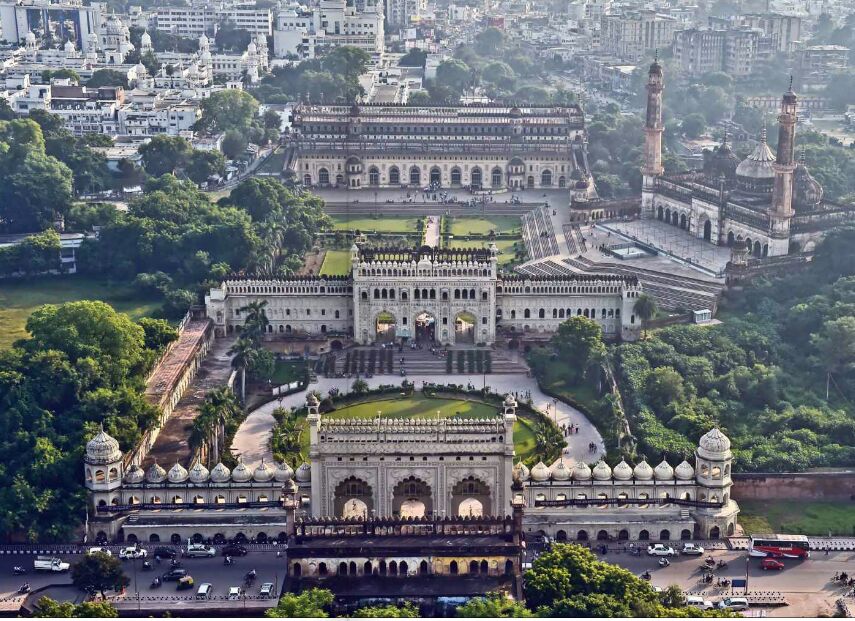
- Rumi Darwaza
This is a beautiful Mughal-style gateway. It was inspired by Turkish architecture. This was also built in the nawabi era.
- Dargah of Hazrat Shah Mina
In the era of loud party music, if qawali is something that brings you peace, you must visit the Dargah of Hazrat Shah Mina. Here you can listen to your favourite qawalis and literally live sufism.
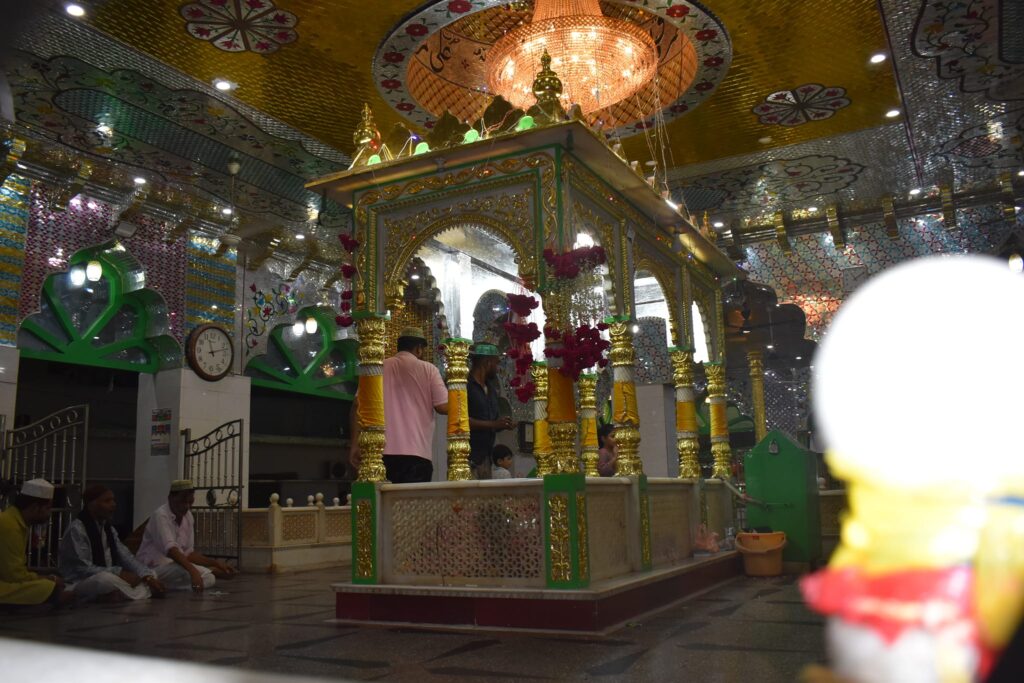
- Hazratganj Market
When in Lucknow, never miss shopping in the market of Hazratganj. The market is heaven for chikankari and book lovers.
- Tunday Kababi and Idrees Biryani
With all honesty, Lucknow might feel bland without its nawabi flavours. For mouthwatering food, you can visit Tunday Kababi and Idrees Biryani. The food here does not disappoint. Long waiting lines will justify the hype of the food, and you’ll keep coming for more!
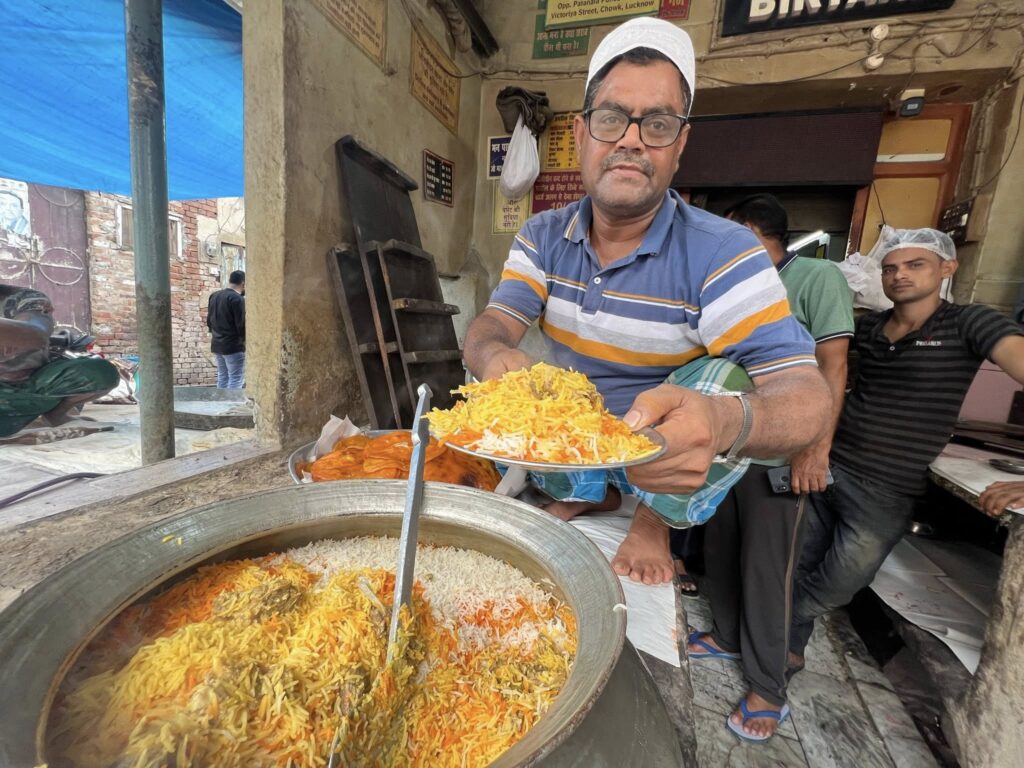
FAQs
Is Lucknow the capital of Uttar Pradesh?
Yes, Lucknow is the capital city of Uttar Pradesh.
What was Lucknow called in the nawabi era?
Lucknow was called Awadh in the nawabi era.
Is Lucknow safe for women?
Lucknow is moderately safe for women. Precautions must be taken to avoid any mishappenings.
What is Lucknow famous for?
Lucknow is famous for handicrafts, poetry, dance, food, and architecture.
Conclusion
The city has experienced a lot of cultural influences. Out of all the influences, the Nawabi era brought a huge transformation in Lucknow.
Many famous attractions people now enjoy in the city are the result of the Nawabi era. Lucknow is famous for handicrafts, Awadhi cuisine, textiles, monuments, poetry, and many more. These attractions were mainly developed in the times of the Nawabs.
The influences were so strong that even the British rule couldn’t change much about the city. If you are someone who loves to explore the forgotten culture of our diverse country, Lucknow can be your dream destination.
